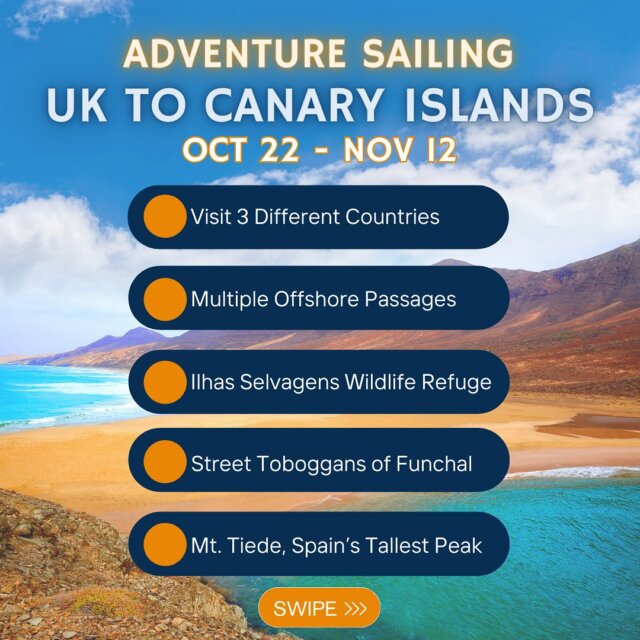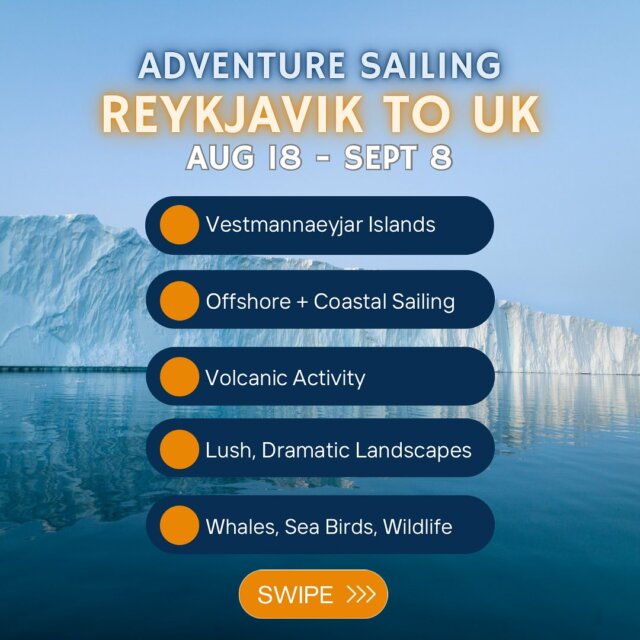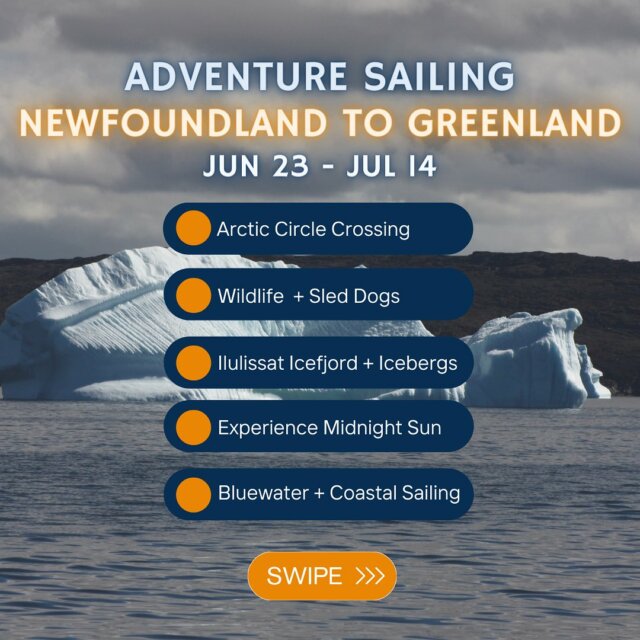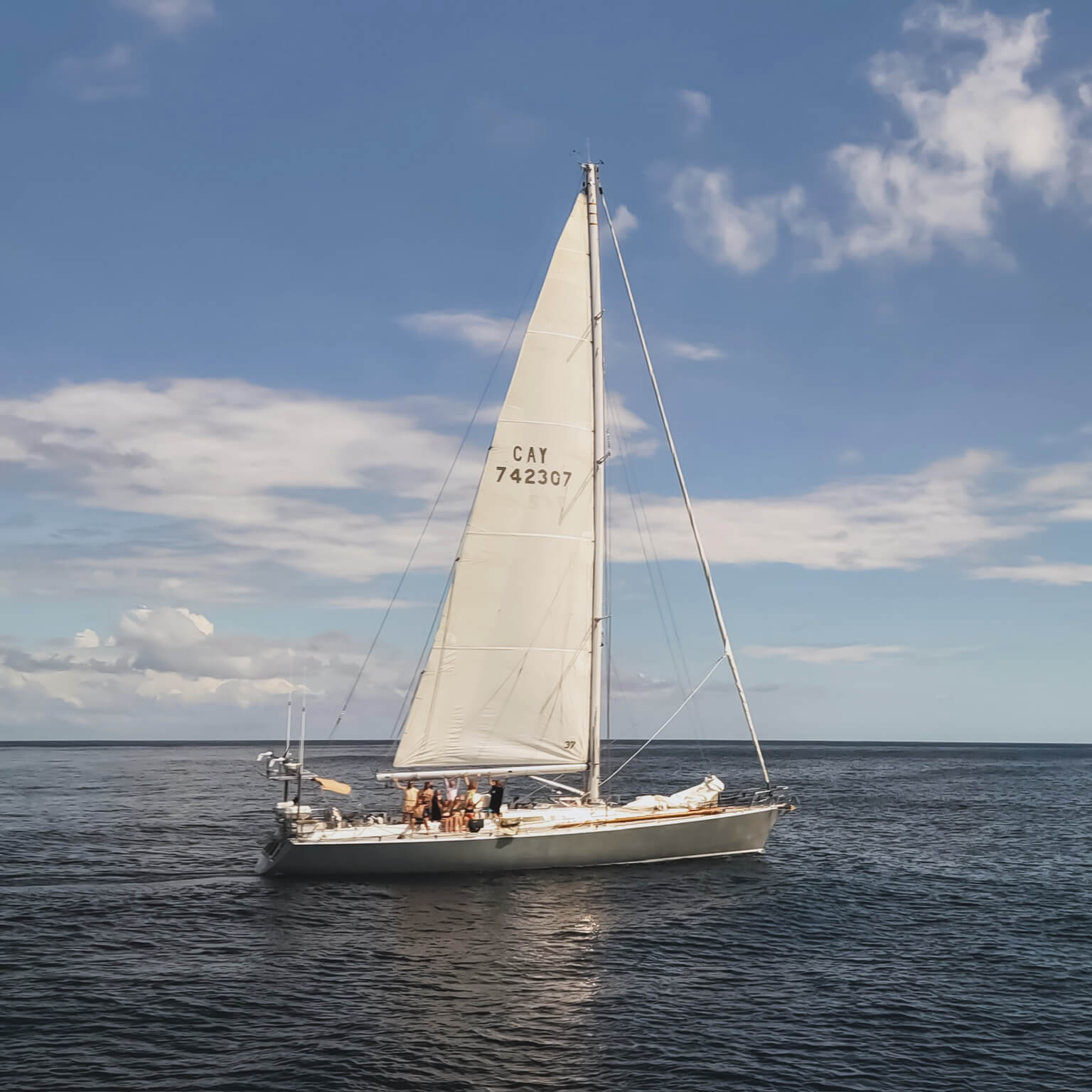Research expedition to PIPA is complete.
by Charlie Triggs – Deckhand aboard Sea Dragon.
Sea Dragon has just completed her Phoenix Islands research expedition with a team from the Cohen Laboratory at Woods Hole Oceanographic Institution (WHOI).
WHOI is one of the leading research bodies in the scientific field of oceanography and marine research. The institution is located on Cape Cod on the East coast of the US, but their research is carried out across all our oceans and their findings benefit our planet as a whole. Sea Dragon met the research team at Kiritimati, then sailed 1000 nm southwest to reach some of the most remote islands in the Pacific. Hawaii is 2,000nm northeast and Fiji 1,000nm southwest of the Phoenix Islands Protected Area (PIPA), which is one of the oldest and largest marine protected areas on the planet. This 408,250km2 expanse of water is home to some of our oceans most pristine coral reefs and supports a rich and diverse amount of sea life.
The team from Anne Cohen’s lab at WHOI consists of Nathan, Mike, Pat and Rich. Nathan is leading the science program and collected samples for his PhD, looking at coral reef adaptation and response to climate change. He is specifically looking into the coral bleaching response to the 2015 El Nino, and changes through time in relation to separate El Nino events. Mike is a coral reef ecologist and soon to be postdocotroal researcher at WHOI. His research focuses on coral nutrition and he is looking into how oceanography relates to coral food availability, and how this in turn effects coral health and recovery from bleaching. Pat is a veteran scientist and diver, although retiring in 2004 he has led and supported research expeditions world wide for the last 12 years and was part of a WHOI expedition to the Phoenix Islands in 2012. Rich is a videographer and photographer who has worked with WHOI on a number of different projects. He is based in Palau with his company, Lightning Strike Productions (www.lightningstrikeproductions.co.uk), and has been filming and reporting on environmental and cultural topics for the last 10 years.
Sea Dragon spent several days at the coral reefs surrounding Kanton, completed a circuit of three other islands part of the PIPA; Nikumaroro, Orona and Rawaki, before returning to Kanton. These islands are mostly sandy atolls, made up of a thin strip of land surrounding an inner lagoon. The coral reefs surround the outside of these atolls as well as covering the inner lagoon. These reefs feed off of the plankton-rich waters of the central equatorial Pacific and in turn support a vast array of life. We have seen fish, sharks, turtles, whales and dolphins which are all supported by an ecosystem sustained by reef-building corals. At designated sites coral core samples are taken. The massive corals of the genus Porites are sampled because they have a large rounded form, and so have an older intact skeleton that contains records of past ocean conditions.
A pneumatic drill connected to a dive tank is used to drill out a cylinder shape of coral, roughly 3 cm in diameter and 30 cm long. This coral core will have the most recently grown coral tissue on the upper layer and the older coral skeleton below. As you move down the core the age of the skeleton increases, effectively meaning that the longer the core, the further you can see into that corals past. Porites corals grow at roughly 1.5 cm a year. Each year the coral grows two density bands in relation to environmental changes, similar to tree rings. Changes in light, nutrients and temperature cause the coral to grow faster or slower, producing high and low density skeletal bands. This visual timespan of the coral is used when looking into the coral’s past and to see how different conditions may have effected its growth. For instance, Nathan and the team will be looking back to the 2015 El Nino event to see the extent of coral bleaching during this warming event, and the levels of recovery over the last three years.
Coral bleaching occurs on these reefs predominantly as a result of higher than normal water temperatures. During these conditions, coral-symbiont relationship breaks down, and the coral expel their zooxanthellae, which causes the surface tissue to become transparent, therefore making the underlying skeleton visible and the coral to appear bleached. This bleaching also means that the coral grows very slowly as it uses up it’s energy reserves and produces an abnormally high density band within the skeleton. This is known as a stress band which can be viewed when the coral core is CT scanned, much like you might be X-rayed at the doctor’s office. By taking samples from multiple coral sites the team from WHOI can analyze how many, and when, Porites have been bleached. They can then extrapolate this to predict the bleaching effects over the whole reef and across different coral species, using information from coral surveys collected on this trip and past trips, from sites that have been repeatedly surveyed over the past 15 years. The coral cores will also be used to show general trends in the health of the reef, how much the coral has grown each year, and the thickness of the tissue indicating the health of the coral when the sample was taken. WHOI has been on multiple expeditions to The Phoenix Islands and returns to the same sample sites through time. This has allowed them to build up a picture of the corals health over time and infer trends with coral health in relation to environmental changes.
As well as the coral cores, water samples have been collected at the reef sites and during the passages between islands. Water samples will be tested for salinity, alkalinity, dissolved inorganic carbon, and nutrient concentration. Corals intake calcium and carbonate ions from the water to grow their skeleton, and so lower carbonate levels are likely to be found nearer a reef and higher levels found offshore, the difference indicating how actively the corals are growing their skeleton. This data will provide an insight into the health of the general reef environment as well as an understanding of the levels of calcification occurring in different areas.
Zooplankton, organic matter, and coral tissue samples have also been taken. Corals are autotrophic; producing their own food, but they are also heterotrophic; feeding on zooplankton. Analysing coral tissues can determine how the corals diet is split between autotrophic and heterotrophic feeding behaviours. A coral’s nutrition has important implications for recovery and survival from bleaching events. Additionally, these tissue samples can be compared with the chemical composition of the skeleton in the coral cores and provide insight to the health of the coral during the few months prior to coring. The team from WHOI is particularly interested in determining if coral nutrition and response to the 2015 warming event vary across the Phoenix Islands in relation to larger oceanographic patterns.
The Phoenix Islands Protected Area is a World Heritage Site, home to over 800 species of marine and terrestrial life. PIPA is also an important ecosystem for many migratory and pelagic species. Off of the reef we have seen a pod of Sperm whales, dolphins, a possible Bryde’s whale, and even two Orcas that were very inquisitive of the dinghy and plankton tow.
Its easy to see the influence these coral reefs have on their surrounding environment. Understanding this ecosystem and the levels of coral growth and bleaching, in relation to climate and environmental conditions, is an important area of research, especially at a time of fragile oceans and a changing climate. It has been a fascinating month on Sea Dragon learning from and working with Nathan, Mike, Pat and Rich from WHOI. It has been great to look under the surface and to understand more about our oceans from experts and help to facilitate their research onboard Sea Dragon.




































































































